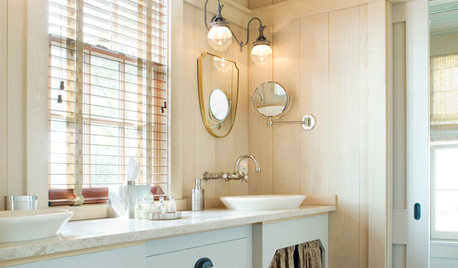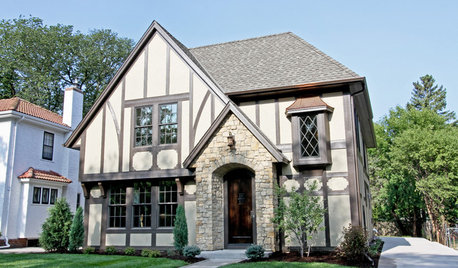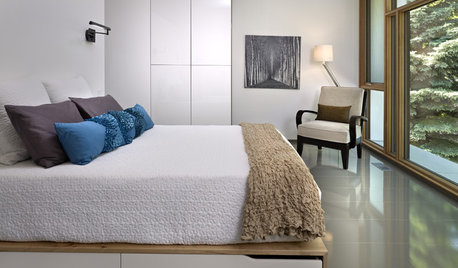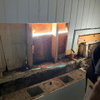'horsehair' plaster
jomercer
16 years ago
Featured Answer
Comments (25)
ron6519
16 years agojomercer
16 years agoRelated Professionals
North Druid Hills Kitchen & Bathroom Remodelers · Andover Kitchen & Bathroom Remodelers · Champlin Kitchen & Bathroom Remodelers · Anderson General Contractors · Greenville General Contractors · Seal Beach General Contractors · Palm River-Clair Mel General Contractors · Ashburn Painters · Allen Painters · Hercules Painters · Huntley Painters · Lynnwood Painters · Silver Spring Painters · North Bellmore Painters · Summit Paintersmanhattan42
16 years agojomercer
16 years agosacto_diane
16 years agorick02809
16 years agosombreuil_mongrel
16 years agobob_cville
16 years agoperel
16 years agohilly11_juno_com
13 years agojoed
13 years agosombreuil_mongrel
13 years agobrickeyee
13 years agomerseybeat1963_yahoo_com
13 years agobrickeyee
13 years agosombreuil_mongrel
13 years agobillyriekert_shaw_ca
12 years agobrickeyee
12 years agoclanross
10 years agoionized_gw
10 years agoCarol Tuttle
8 years agolast modified: 8 years agoSombreuil
8 years agolast modified: 8 years agoCarol Tuttle
8 years agoSombreuil
8 years ago
Related Stories

GREEN BUILDINGInsulation Basics: Natural and Recycled Materials
Consider sheep’s wool, denim, cork, cellulose and more for an ecofriendly insulation choice
Full Story
ECLECTIC HOMESMy Houzz: Color and Texture Fill an Eclectic Pittsburgh Row House
Moroccan touches join exposed brick, salvaged materials and scads of books in this home for a creative couple
Full Story
REMODELING GUIDESWisdom to Help Your Relationship Survive a Remodel
Spend less time patching up partnerships and more time spackling and sanding with this insight from a Houzz remodeling survey
Full Story
COLORFUL HOMESHouzz Tour: A Home of a Different Color
An interior designer infuses a Colorado home with daring and drama
Full Story
DECORATING GUIDES12 Ways to Beat the Home Decor Blahs
A few easy tweaks will make your house feel new to you
Full Story
BATHROOM WORKBOOK8 Elements of a Farmhouse-Style Bathroom
Go simple, repurposed and vintage for a farmhouse-style bath with the comforts of today
Full Story
WALL TREATMENTSPersonal Spaces: 11 Inventive Ways With Wallpaper
See the great wallpapered rooms our photographers spotted in Houzzers’ homes from coast to coast in the U.S.
Full Story
ROOTS OF STYLERoots of Style: The Indelible Charm of American Tudors
Rich details and an intimate scale give this English-inspired architectural style memorable character and flexibilty
Full Story
DECORATING GUIDES10 Ways to Update a Victorian Living Room
Bring your period living room sensitively into the 21st century with these simple yet effective design tricks
Full Story
HEALTHY HOMESleep Happier and Healthier in a Toxin-Free Bedroom
Light pollution, toxic bedding, wallpaper that off-gases ... if you're not getting good sleep, these bedroom blights might be to blame
Full Story









sombreuil_mongrel